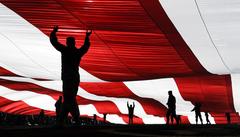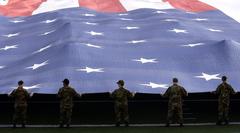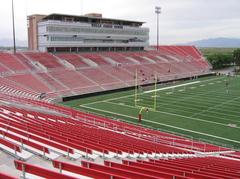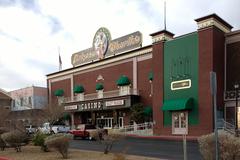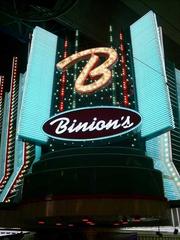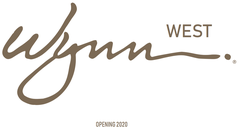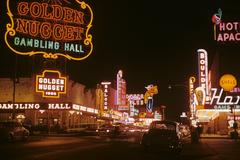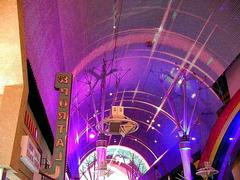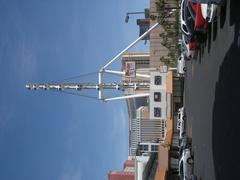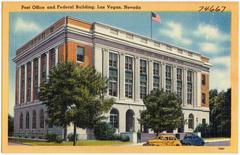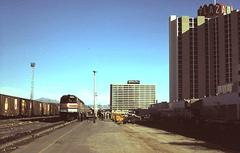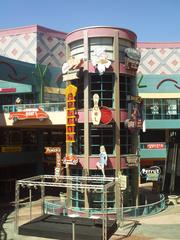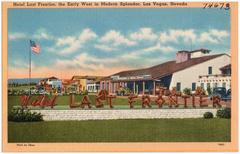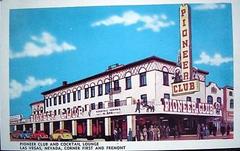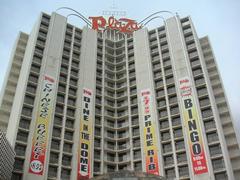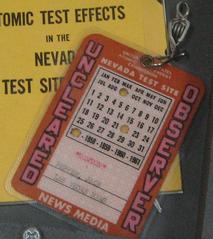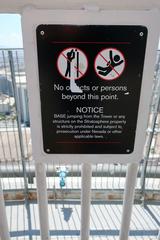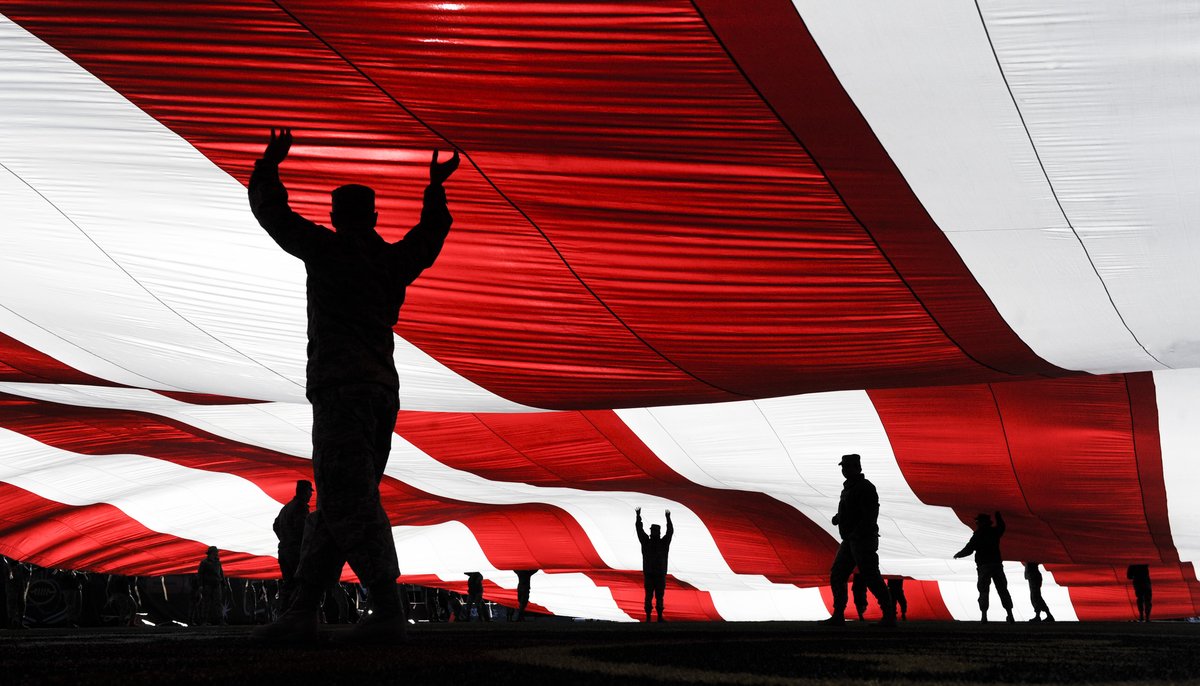
Sam Boyd Stadium Visiting Hours, Tickets, and Visitor Guide: Las Vegas Historical Site
Date: 14/06/2025
Introduction: Legacy and Significance
Sam Boyd Stadium stands as a testament to the evolution of Las Vegas from a regional sports market to an international entertainment capital. Opened in 1971—originally as Las Vegas Stadium—it was the first major outdoor sports venue in Southern Nevada. Serving as the home field for the UNLV Rebels football team, the stadium became a cherished gathering place for nearly five decades. More than a sports facility, Sam Boyd Stadium hosted celebrated concerts, world-class sporting events, and cultural milestones that shaped the city’s identity (Cox Pavilion History, UNLV Rebels, Las Vegas Review-Journal, The Stadium Wanderer, Las Vegas Sun).
Located roughly 10 miles east of the Las Vegas Strip, Sam Boyd’s accessibility and distinctive Vegas-themed ambiance made it a hub for both locals and visitors. Despite its closure following the opening of Allegiant Stadium in 2020, the site remains of historical interest, symbolizing Las Vegas’s rise as a sports and entertainment powerhouse.
Contents
- Introduction: Legacy and Significance
- Stadium Origins and Development
- Expansion, Naming, and Facility Improvements
- Role in Sports and Entertainment
- Decline, Closure, and Site Transition
- Practical Visitor Information
- Economic and Community Impact
- Notable Events and Milestones
- Frequently Asked Questions (FAQs)
- Visuals and Media
- Summary and Final Tips
- References
Stadium Origins and Development
Sam Boyd Stadium opened in 1971 at a cost of $3.5 million as Las Vegas’s first major outdoor sports venue, initially seating 15,000 fans (Cox Pavilion History). The 69-acre site, managed by Clark County, was selected for its proximity to the city and accessibility for both residents and tourists. The University of Nevada, Las Vegas (UNLV) Rebels played their inaugural home games there, establishing the stadium as the epicenter for local collegiate football (UNLV Rebels).
Ownership transferred to UNLV in 1985, with the university subsequently guiding the stadium through decades of growth and modernization (Las Vegas Review-Journal).
Expansion, Naming, and Facility Improvements
The 1980s and 1990s were marked by ambitious renovations. Seating capacity grew to 40,000 after a $17.5 million overhaul in 1998. Upgrades included a new concourse, accessible facilities, modern press box, improved restrooms and concessions, advanced scoring systems, and a refreshed playing surface (Cox Pavilion History). The stadium was renamed in honor of Sam Boyd, a revered Las Vegas gaming and hospitality leader, further cementing its role in the community (Cox Pavilion History).
Role in Sports and Entertainment
UNLV Football and Collegiate Sports: For 49 seasons, Sam Boyd Stadium was synonymous with UNLV Rebels football, hosting countless memorable games and elevating the university’s athletic profile (UNLV Rebels). The annual Las Vegas Bowl, held here from 1992 to 2019, drew national attention and boosted the local economy (Cox Pavilion History).
Professional and Alternative Leagues: The stadium welcomed professional football teams across multiple leagues—XFL’s Las Vegas Outlaws, the UFL’s Las Vegas Locomotives, and CFL’s Las Vegas Posse—showcasing its adaptability (CFL Official). It also hosted rugby’s USA Sevens tournament, high school championships, and motorsports including Monster Jam World Finals and AMA Supercross (Monster Jam Official).
Concerts and Cultural Events: Sam Boyd Stadium’s open-air design and substantial capacity made it an ideal concert venue. The Grateful Dead, Eagles, U2, Metallica, and other icons performed here, with the Grateful Dead’s 1995 shows setting state attendance records (Cox Pavilion History). The venue was integral to Las Vegas’s entertainment reputation.
Decline, Closure, and Site Transition
The 2020 debut of Allegiant Stadium shifted Las Vegas’s sports focus. Allegiant’s modern amenities and central location quickly rendered Sam Boyd obsolete. A binding agreement with the Las Vegas Stadium Authority required UNLV to cease all events at Sam Boyd, ensuring Allegiant’s dominance (Casino.org, Las Vegas Sun).
With no regular tenants, Sam Boyd Stadium fell into decline—maintenance costs soared, and security concerns mounted as the facility became vulnerable to vandalism and copper theft (Las Vegas Review-Journal). In late 2024, the site was sold back to Clark County for $5 million, with future plans under discussion, including possible demolition or conversion to public park space (Hoodline, KTNV).
Practical Visitor Information
Current Status:
As of mid-2025, Sam Boyd Stadium is permanently closed to the public. No regular events, tours, or ticket sales are available. The facility is fenced and monitored, and unauthorized entry is strictly prohibited (KTNV).
Accessibility:
During operational years, the stadium featured ADA-compliant seating, restrooms, and parking. While closed, there are no visitor services or open facilities.
Nearby Attractions:
- Allegiant Stadium: Offers tours and major events.
- UNLV Campus: Features sports venues and cultural sites.
- Las Vegas Strip: Entertainment destination with world-class dining and attractions.
- Silver Bowl Park: Adjacent to the stadium site for outdoor recreation.
Transportation (Historical Reference):
- By car: Ample parking was available; about a 15–20 minute drive from the Strip.
- By public transit: RTC bus line 212 served the area.
- By taxi/rideshare: 15-minute ride from the Strip, typically $40–$55 (Rome2Rio).
Economic and Community Impact
Sam Boyd Stadium generated significant economic activity through ticket sales, tourism, and employment. It fostered community pride and served as a gathering place for sports fans, concertgoers, and local residents. The stadium’s closure reflects broader urban development trends and the city’s embrace of state-of-the-art venues like Allegiant Stadium (Las Vegas Review-Journal).
Notable Events and Milestones
- 1971: Opened as Las Vegas Stadium with 15,000 seats (Cox Pavilion History).
- 1985: Ownership transferred from Clark County to UNLV (Las Vegas Review-Journal).
- 1998: Major renovation expanded seating to 40,000 (Cox Pavilion History).
- 1991–1995: Grateful Dead concerts set state attendance and revenue records.
- 1992–2019: Las Vegas Bowl held annually.
- 2000–2018: Monster Jam World Finals (Monster Jam Official).
- 2010–2019: Host of USA Sevens Rugby (USA Rugby).
- 2020: Stadium closed to regular events as UNLV moved to Allegiant Stadium.
- 2025: Clark County reacquired the site for $5 million.
Frequently Asked Questions (FAQs)
Q: Is Sam Boyd Stadium open to the public?
A: No. The stadium is closed, fenced, and not accessible to visitors.
Q: Are there any events at Sam Boyd Stadium?
A: Since 2020, there have been no regular public events.
Q: Can I book a tour or buy tickets?
A: No tours or tickets are available. For events, consider Allegiant Stadium or other Las Vegas venues.
Q: What will happen to the stadium site?
A: Clark County is evaluating future uses, including possible demolition or conversion to a park.
Visuals and Media
Alt text: Exterior view of Sam Boyd Stadium, a historic Las Vegas sports landmark.
Alt text: Crowds enjoying a live concert at Sam Boyd Stadium in Las Vegas.
Summary and Final Tips
Sam Boyd Stadium’s story is woven into the fabric of Las Vegas’s dramatic ascent as a sports and entertainment city. For nearly 50 years, it was a stage for unforgettable games, concerts, and civic moments. Although the stadium is now closed and its future uncertain, its history continues to inspire. Visitors interested in Las Vegas sports heritage should explore Allegiant Stadium, the UNLV campus, and other nearby attractions. For the latest updates on the stadium site and Las Vegas events, consult official sources and download the Audiala app.
References
- Cox Pavilion History
- The Stadium Wanderer
- Las Vegas Review-Journal
- Las Vegas Sun
- Casino.org
- KTNV
- Stadium Journey
For more guides on Las Vegas venues, download the Audiala app and follow us on social media for updates and exclusive content.
